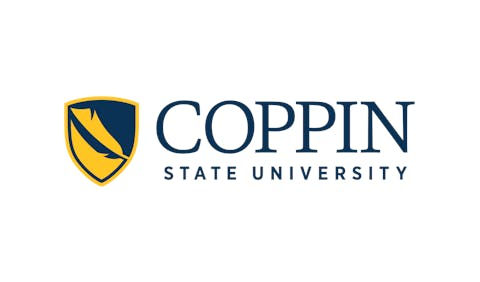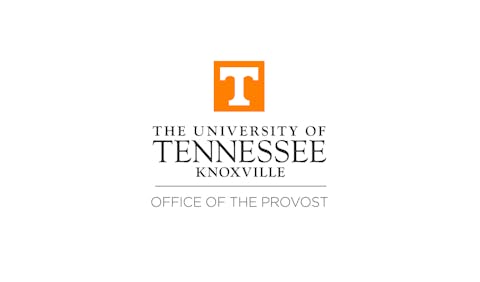O Joshua Williams
Joshua Williams
For every incarcerated individual, there is often a mother, partner, sibling, or child left behind to carry the emotional and financial burden. While colleges are beginning to support formerly incarcerated students, few have strategies to address the needs of students like Maria– loved ones of incarcerated people–many of whom are college students themselves.
These family members are a largely invisible population within the basic needs movement in higher education. They are caregivers, financial supporters, and students navigating higher education under immense pressure. According to a study by the Ella Baker Center, nearly two-thirds of families with an incarcerated loved one struggled to meet basic needs like food and housing after incarceration. 83% of those carrying the financial burden were women, and one in three went into debt to cover court costs and prison visits.
Despite the growing momentum behind basic needs efforts on campus, justice impacted families remain at the margins. When students have incarcerated loved ones, the financial and emotional costs can directly derail their education. They may have to take on extra work, care for children, or navigate costly and time-consuming visitation systems. Many deal with isolation, stigma, and trauma while trying to focus on their academics.
The trauma is evident. Children with incarcerated parents are more likely to experience depression, anxiety, and PTSD. Partners take on increased caregiving duties and financial responsibilities, and parents, especially mothers and grandmothers, often re-enter the workforce or take on multiple jobs later in life just to get by. These dynamics affect household incomes, mental health, academic success, and long-term aspirations.
And yet, we rarely talk about it.
There are exceptions. Organizations like Essie Justice Group have built powerful networks of women with incarcerated loved ones, offering healing, support, and advocacy. Their 2018 report, Because She’s Powerful, outlines the many ways women are harmed by a loved one’s incarceration, from financial instability to increased state surveillance. Incarceration is not an individual experience–it’s a collective trauma that extends into our classrooms, campuses, and student services.
Nearly 1 in 2 U.S. adults have had a family member incarcerated. That staggering figure should force us to reflect on how many students are directly impacted and how many might be silent about it. The burden is not equally shared. Black and Latinx communities are far more likely to experience the generational harms of incarceration, making this a racial justice issue as much as an educational one.
So, what can colleges and universities do?
First, acknowledge that these students exist. When possible, build basic needs programming that focuses beyond the individual to the family systems that shape student success. That includes offering mental health support tailored to trauma and grief related to incarceration and expanding caregiving support and emergency financial aid that considers household disruption due to incarceration.
Second, collect better data. Most institutions don’t ask about justice involvement in their intake or support systems, making these students invisible by design. We can’t meet needs that we don’t see.
Third, partner with those already doing the work. Community organizations like Essie Justice Group, the Osborne Association’s FamilyWorks program, and We Got Us Now are examples of allies to consider partnering with. Colleges can draw on the knowledge of community organizations to inform holistic student services, build supportive communities on campus, and offer direct services to students in need.
Finally, listen to students. Students with incarcerated loved ones know what they need. Create spaces for them to lead, share their stories, and shape the programs and policies that affect them.
As the basic needs field evolves, we must confront a hard truth: incarceration fractures families and communities in quiet, enduring ways. Addressing the needs of formerly incarcerated students is essential, but it’s not enough. Because behind every prison wall is a network of loved ones doing time in their own way. Colleges should be leading examples of what it means to recognize the humanity and experiences of these students.
For more information on supporting formerly incarcerated students directly, please see the link to a recently published Diverse article.
Joshua Williams is a former student affairs administrator, higher education consultant, founder of JW1 Consulting, and co-founder of RACCS (Reaching Across Communities and Challenging Systems) based in Los Angeles, CA.



















